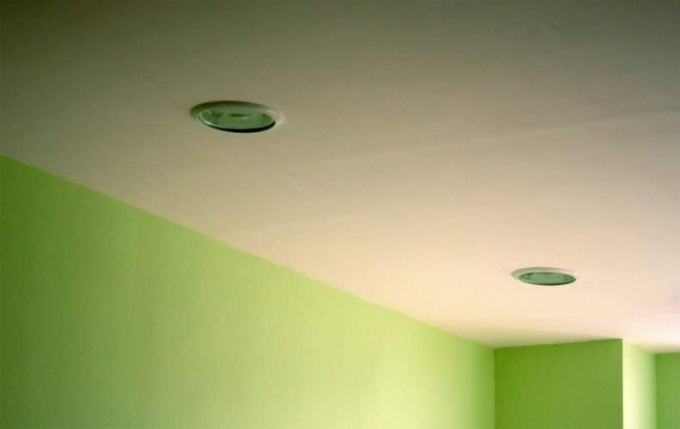You will need
- - spatula
- - dry plaster
- - masking tape
- brush
- construction mixer
- - PVA glue
- - primer of deep penetration
- - fine-grained sandpaper
Instruction
1
Remove from the seam cracked cement screed. Do this with a spatula or nozzles on the drill. Carefully scrub advanced seamthat there was not any large or small pieces fall out of the old filler.
2
Obispalia surface. Dilute the primer of deep penetration, as indicated on the label. The width of the brush select in accordance with the magnitude of the seam that you want to miss. The brush must be good to enter into the cracks, soaking the primer the entire surface to have good adhesion with the leveling compound.Dry the coated seam.
3
Hydrate dry stucco, as described in the instructions. Mix mass building mixer, to avoid lumps. If you dilute a small amount of mixture, you can stir with a spatula.
4
Complete prepared solution of all the cracks. If the crack is deep, apply the mortar in several layers. Every time a completely dry previous coat. If the seam between ceiling plates very wide, then fill it with foam. When it dries, cut the excess and apply a leveling compound.
5
When fresh plaster on the seam is completely dry, RUB the entire seam with white glue and stick the masking tape. The width of the masking tape should be more than a couple of inches than the seamfor greater strength. On top of the tape, apply putty. Dry and Polish the surface of fine-grained sandpaper.
Note
Instead of finishing plaster stick to the ceiling paint fiberglass, programsuite and paint it. If in the process of deformation, the mesh will tear, and again cracks are formed, they will be hidden under the canvas.
Useful advice
Instead of painting the mesh that is glued to the ceiling, you can use medical bandage, gauze or thin cloth. The fabric should first be soaked in water and then ironed to it over time, not down and has not warped on the ceiling.
